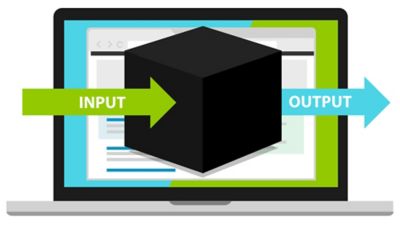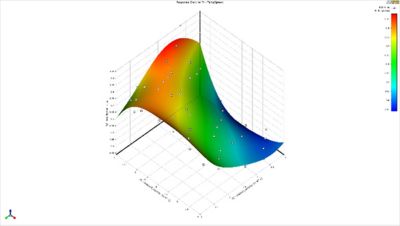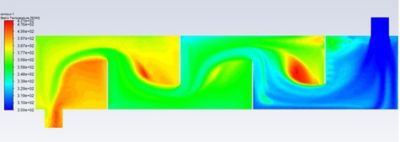-
-
学生向け無料ソフトウェアにアクセス
Ansysは次世代の技術者を支援します
学生は、世界クラスのシミュレーションソフトウェアに無料でアクセスできます。
-
今すぐAnsysに接続!
未来をデザインする
Ansysに接続して、シミュレーションが次のブレークスルーにどのように貢献できるかを確認してください。
国および地域
無料トライアル
製品およびサービス
リソースとトレーニング
当社について
Back
製品およびサービス
Ansysブログ
October 18, 2019
次数低減モデルとは何か、そして製品開発におけるその役割とは
次数低減モデル(ROM)とは、忠実度の高い複雑なモデルを簡略化したものです。ソースモデルの挙動を捉えることで、システムの支配的な効果を最小限の計算リソースで迅速に調査することができます。
ROMは、より短い設計サイクルで高品質な製品を生産する要求に応えるために、産業界で広く活用されるようになりました。

次数低減モデルを使用すると、計算リソースの削減、専有モデルの難読化、開発サイクルの高速化が実現できる
ROMは、フル3Dシミュレーション、システムシミュレーション、または組込みソフトウェアから、さまざまなモデルを簡略化するために使用できます。エンジニアはROMを使用して次のことを実現できます。
- 製品設計を最適化する
- 大規模なシステムシミュレーションを作成する
- 制御ソフトウェアをテストする
- デジタルツインを作成する
- モノのインターネット(IoT)デバイスを開発する
- 専門家以外でもシミュレーションを使用できるようにする
複雑なモデルを簡略化できるROMの機能は、自社の情報を難読化することにもつながります。そのため、知的財産を公開することなく、顧客、外部パートナー企業、または請負業者と、ROMを共有できます。
応答曲面モデルを使用した次数低減モデルの作成方法
ROMは、静的、非定常、線形、非線形などさまざまなシステムをモデル化するために使用できます。特に、応答曲面モデル(RSM)が静的線形システムの挙動を捕捉する際に非常に効果的なツールです。
RSMを作成するためには、モデルへの入力に基づいてモデルの出力パラメータをマッピングする必要があります。
これを行うために、Ansys DesignXplorerを使用して実験計画法(DoE)を作成します。DoEで、Ansys Fluentでテストする必要がある一連の設計ポイントを決定します。

Ansys Fluentを使用し応答曲面モデルをマッピングすることで作成された次数低減モデル
RSMとROMを作成するために、ソフトウェアは高度なアルゴリズムを使用してシミュレーション実行間の応答を予測します。ROMは業界標準フォーマットで他のプラットフォームにエクスポートできます。
ROMの作成方法の詳細については、ウェビナーをご覧ください。シミュレーションの民主化とデジタルツインのための次数低減モデル(ROM)
次数低減モデルによる製品設計の改善
エンジニアは、ROMを使用して、複雑なシステムの最適化と調査にかかる時間を短縮できます。たとえば、Fluentでは、ROMを使用して設計代替案を素早く検討できます。

Ansys Fluentでは、複雑な次数低減モデル(ROM)を評価して、設計の代替案を検討できる。クロスフロー熱交換器の場合、完全なシミュレーションには2時間以上かかるが、ROM機能を使用することで、各設計ポイントの解をわずか1秒で計算できる。Ansys FluentでROMのポストプロセスと評価を行うことで、これまで利用できなかった数値出力の知見を得ることができる。
実際に、フル3D数値流体力学(CFD)では、シミュレーションに数時間かかる場合があります。しかし、Fluentでは、ROMを使用して3Dモデルの忠実度を捕捉することで、設計をわずか数秒で評価できます。
エンジニアはROMを使用することで開発サイクルを短縮し、コストを削減して、市場投入までの時間を短縮し、さらには計算リソースを節約できます。
次数低減モデリングが3D物理場シミュレーションをどのように補完するかについては、ウェビナー「次数低減モデリング - 3D CAEを補完」をご覧ください。
また、Ansys Fluentの無料トライアルでお試しいただくこともできます。